Toowong Cemetery: Damaged historic graves at risk of being lost forever without restoration funds
Significant Queenslanders and pioneers of Brisbane have been abandoned in forgotten and damaged graves that are at risk of vanishing forever. See the pictures.
QLD News
Don't miss out on the headlines from QLD News. Followed categories will be added to My News.
A founding father of Federation, an internationally-recognised artist, Australia’s greatest cricketer of the Victorian era and a soldier believed to be one of the first ashore at Gallipoli are among the significant Queenslanders abandoned in forgotten and damaged graves in Brisbane’s Toowong Cemetery.
There are now calls for the Brisbane City Council (BCC) to do more to recognise and restore deteriorating burial places in Queensland’s largest cemetery in Brisbane’s west.
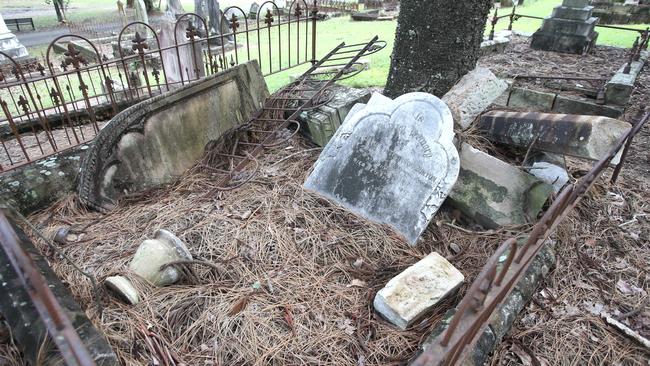
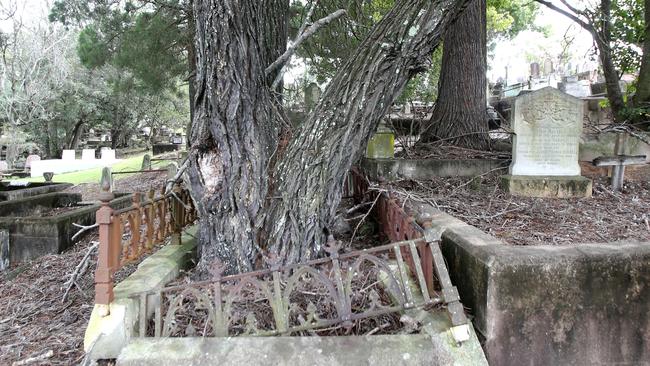
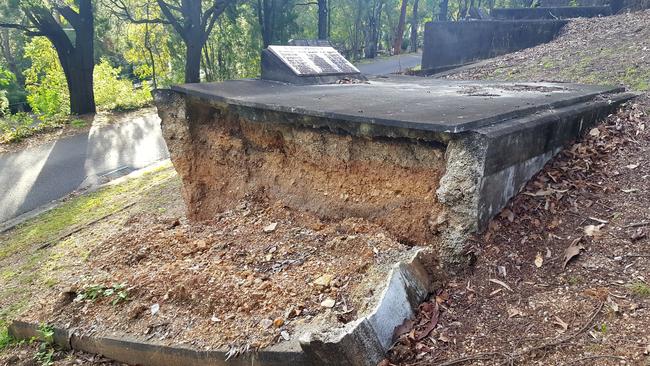
“Toowong cemetery deserves to be one of the great tourist destinations of our city,” Historic Australia managing director Jack Sim says.
“The council needs an emergency fund to rapidly repair broken sites.
“These are our people. This is our history. Cemeteries are the ultimate and most enduring public art galleries – they deserve to be protected.”
For 155 years, Toowong Cemetery has been a 44-hectare refuge of rolling green hills and grey headstones quietly holding the sadness and stories of more than 115,000 graves.
A prime minister rests there, along with two Queensland governors, 13 premiers, 11 Labor leaders, at least 15 Brisbane mayors and many significant cultural and sporting legends.
There are Irish Catholics, Jews, Anglicans, Greeks, Chinese, soldiers from the Boer and American Civil Wars, celebrities, newborns, nuns and even possibly (according to some historians) Jack the Ripper.
Yet Toowong Cemetery faces a steadily-spreading dilemma, as monuments to the dead vanish through neglect and vandalism.
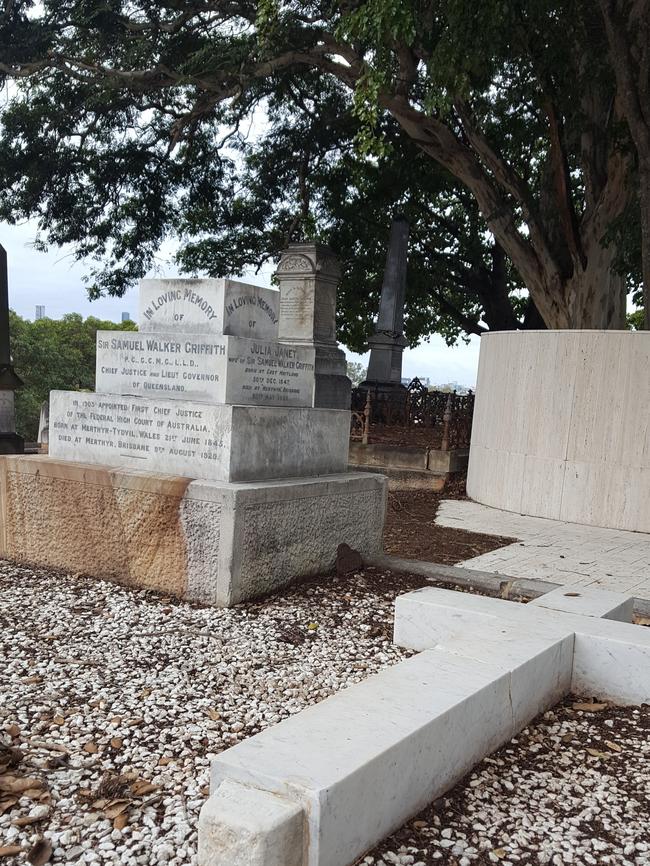
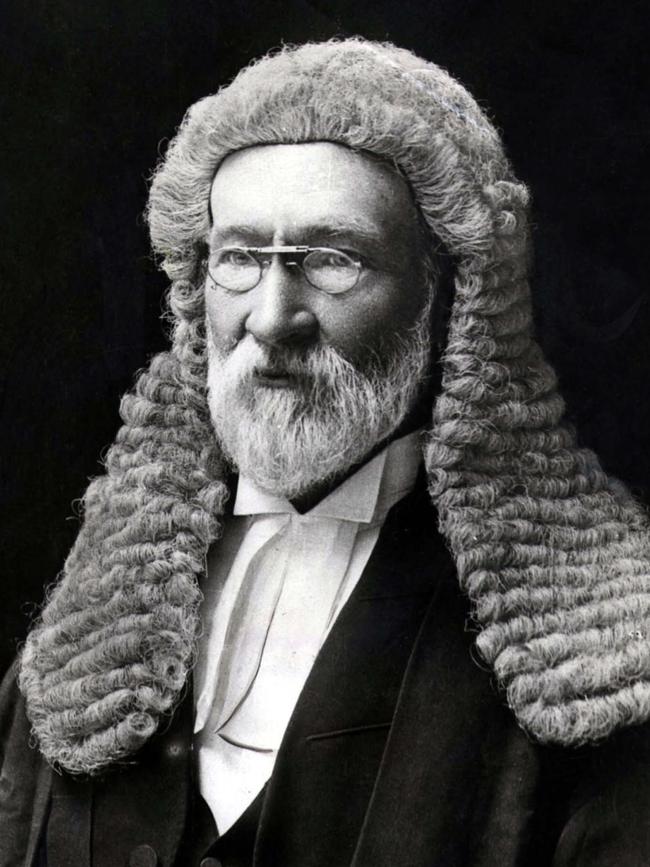
Slabs have cracked open, headstones smashed, inscriptions worn away and graves are overrun with weeds or twisted by tree roots. With the cost of repinning one headstone about $3000, the extent of damage at Toowong is estimated to be multi-millions of dollars.
Among those resting in the many damaged graves of Toowong Cemetery is Sir Samuel Walker Griffith, one of the founding fathers of Australia’s Federation, author of the Constitution, former Queensland premier and the first chief justice of the High Court of Australia.
The crucifix on his monument has been broken and dumped on his grave for more than 20 years, despite the Queensland Government citing responsibility for its upkeep.
Former Australian Test captain Percy McDonnell, who is considered one of the greatest batsmen of the 19th century and who captained Australia on a tour of England, died from a heart attack at the age of 35 in 1896.
Despite a public procession of fans and teammates accompanying his coffin from his South Brisbane home to Toowong Cemetery, McDonnell now lies forgotten beneath a cracked headstone in a grave riddled with weeds.

Then there is Dutch-born Jan Scheltema, an internationally-celebrated artist whose impressionist paintings of livestock and landscapes have hung in every Australian state gallery.
He died in 1941 and is buried with his Australian wife Edith in Toowong Cemetery in an unmarked grave. All that remains of the man described as an “important artist in Australia” are tufts of grass.
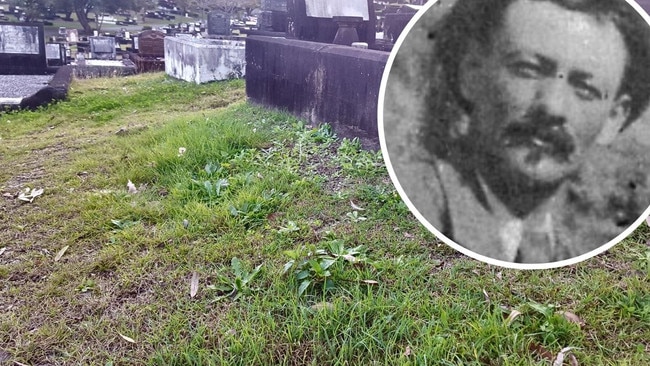
Private William Drysdale of Queensland’s 9th Battalion is believed to have been among the first soldiers ashore at Gallipoli at 4.30am on April 25, 1915. He miraculously survived that bloodshed, but his Toowong Cemetery grave cannot withstand the attack of a giant fig tree, which the council will not remove.
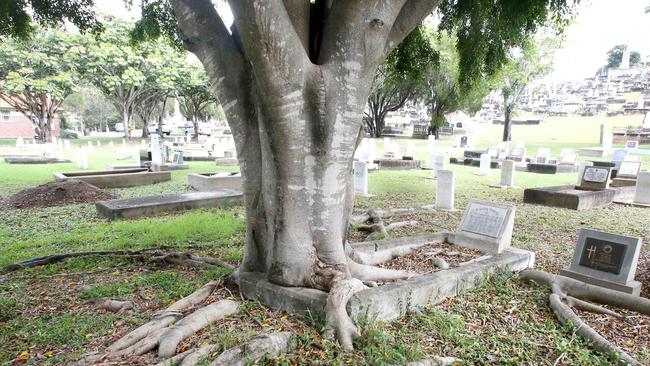
Dorothy Hawthorn was a significant contributor to the Girl Guides and Women’s Auxiliary Australian Air Force, whose plaque has been obscured by weeds.
Fred Lawrence was 15 years old when he drowned in Moreton Bay in the Roxana disaster, in what was one of the state’s worst boating tragedies.
The student from Rosalie was one of nine (mainly children) who died on Boxing Day in 1901 sailing from Wellington Point to Wynnum when their 18-foot clipper Roxana flipped.
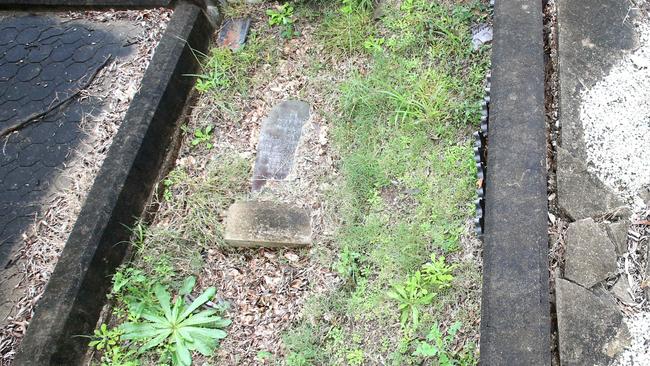
Fred’s was the only body found. His headstone lies broken and submerged in dirt, drowning in neglect.
Hamstrung by the Cemetery Act 1865 which states that a grave and its monuments belong to the dead person’s family in perpetuity, the BCC, which oversees the historic Toowong Cemetery, cannot touch damaged graves – regardless of whether the wreckage is due to the cruelness of time, nature or human agency.
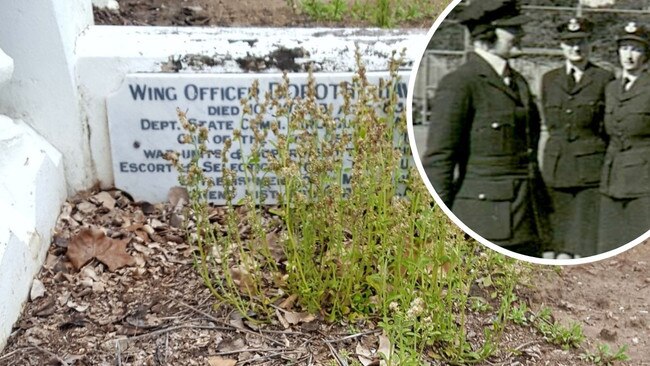
Despite investing $12 million of ratepayers’ funds this financial year on maintaining the lawns and gardens of Brisbane’s 12 cemeteries, BCC will not pay to repair broken graves, refusing even to remove trees that have invaded burial plots.
“The Toowong Cemetery is a heritage-listed cemetery and the protection of this place, including of significant trees and plants, is important,” Community, Arts and Nighttime Economy chair Vicki Howard says.
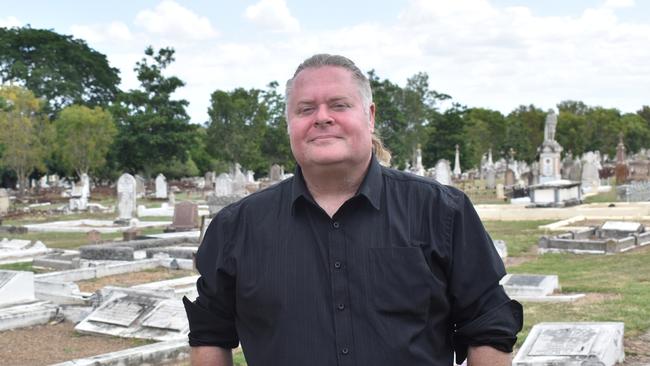
The responsibility has instead been passed on to the State Government to repair former politicians’ graves, family members of the deceased and Friends of Toowong Cemetery (FOTC), which is a volunteer group of about four elderly people who tidy plots and help locate descendants.
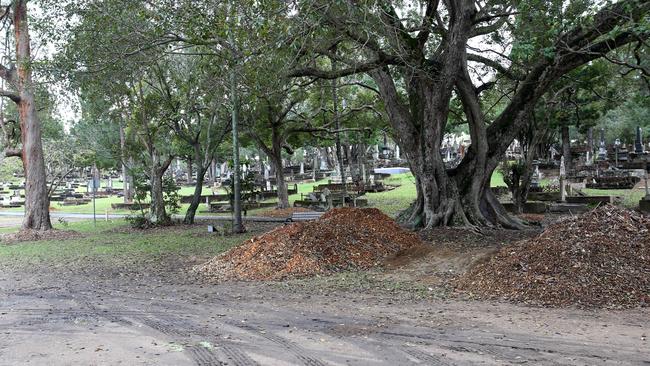
FOTC president Darcy Maddock says council has done a good job of looking after Toowong Cemetery, but admits “tree damage is something we would like addressed.”
Mr Sim, who has run Ghost Tours Brisbane in Toowong Cemetery since 1998, has set aside funds from his business to finance the restoration of a number of graves, including the resting place of boxing legend Peter Jackson.
“People have to know about this history or we will lose it,” he said.
Sydney’s Waverley Council, which oversees the historic Waverley Cemetery in Bronte, allocates an annual budget to monument restoration in their Cemetery Services Business plan.
In April they also established a charitable foundation to “raise funds to assist in the ongoing restoration and maintenance of Waverley Cemetery and South Head Cemetery’s historical monuments and graves,” a council spokeswoman said.
With Brisbane set to potentially host the 2032 Olympics, it poses the need to honour the pioneers who transformed this former colony into a great city and not to leave them to vanish in forgotten graves.
Brisbane City Council Labor leader Jared Cassidy said council’s lack of action on the degradation of gravesites at Toowong Cemetery is yet another nail in the coffin of Brisbane’s heritage.
“Unless Adrian Schrinner and the LNP Council act now, so too will these historic gravesites at Toowong cemetery be lost,” he said. “Sadly, once it’s gone, it’s gone.”





